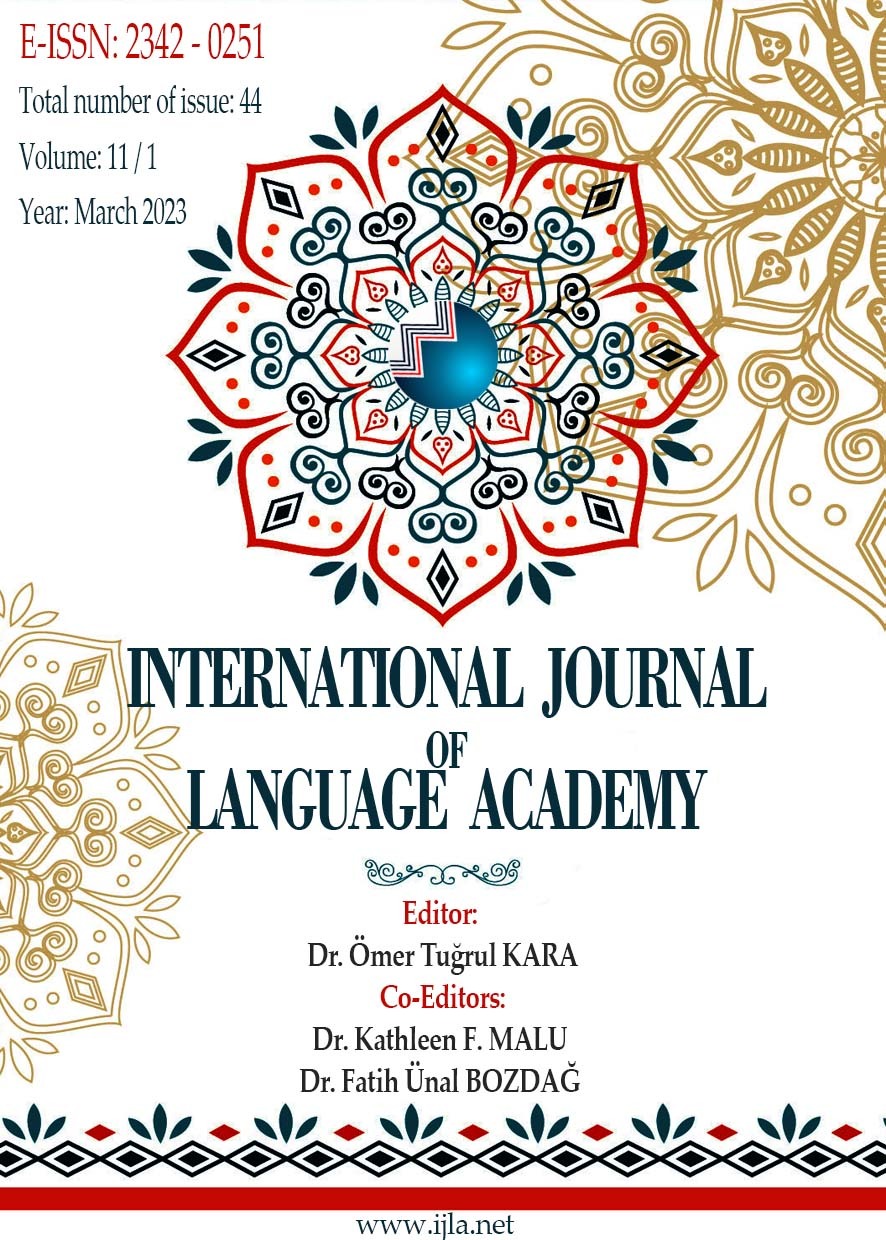Author :
Abstract
Keywords
Abstract
F. Scott Fitzgerald's The Great Gatsby (1925) is one of the most famous novels of the 20th century. The novel critiques the American Dream, which is portrayed through Gatsby's love for Daisy and moral decay of American society during the Jazz Age. With its content and form, The Great Gatsby shows very much the effort of Fitzgerald's development of various narrative techniques. Therefore, this study sheds light on several theories about narrative techniques suggested by theorists like Gérard Genette, Phelan, and others. These techniques will be applied to the novel, focusing on Genett's three textual factors; Time, Focalization, and narration which are used to explore themes such as wealth, power, love, and morality, as well as the corrupting influence of materialism and the conflict between classes. The novel is written in the first-person omniscient point of view, where the perspective is limited to how Nick, the narrator, perceives the events; he uses the word "I" to describe events as he experiences and witnesses them. Nick's perspective is essential to understanding the motivations and actions of the characters, and it is through his observations that the reader gains insight into the story's themes and ideas. This raises the question of the reliability of the narrator and to what extent the reader is affected by this point of view. Furthermore, considering the narrative techniques suggested in this novel, this study will explore the extent to which the narrator is considered reliable or not. The narrator's reliability will be investigated depending on the flow of events and the narrative techniques employed in the novel and how they contribute to the reader's perception of the events and characters.





